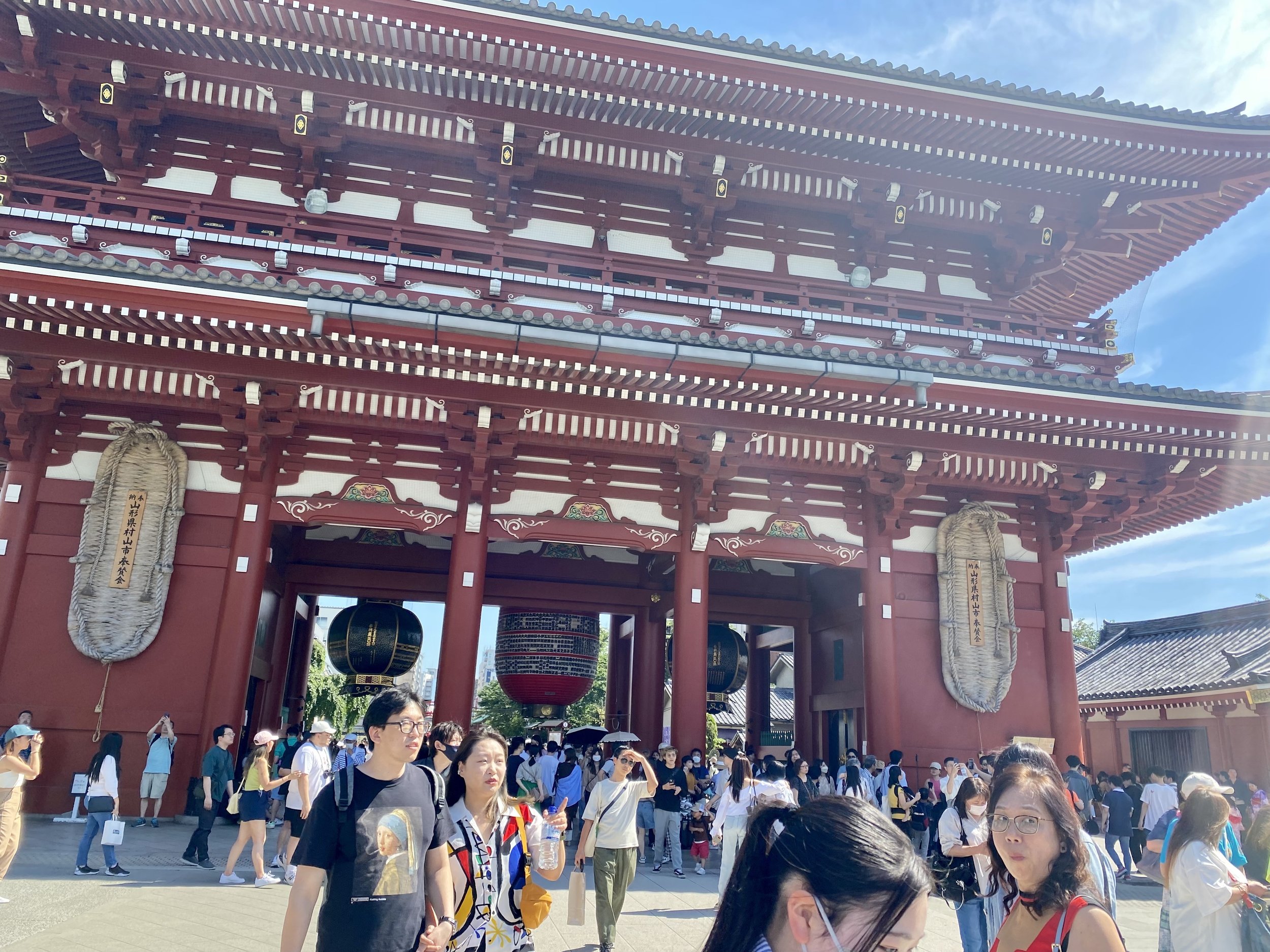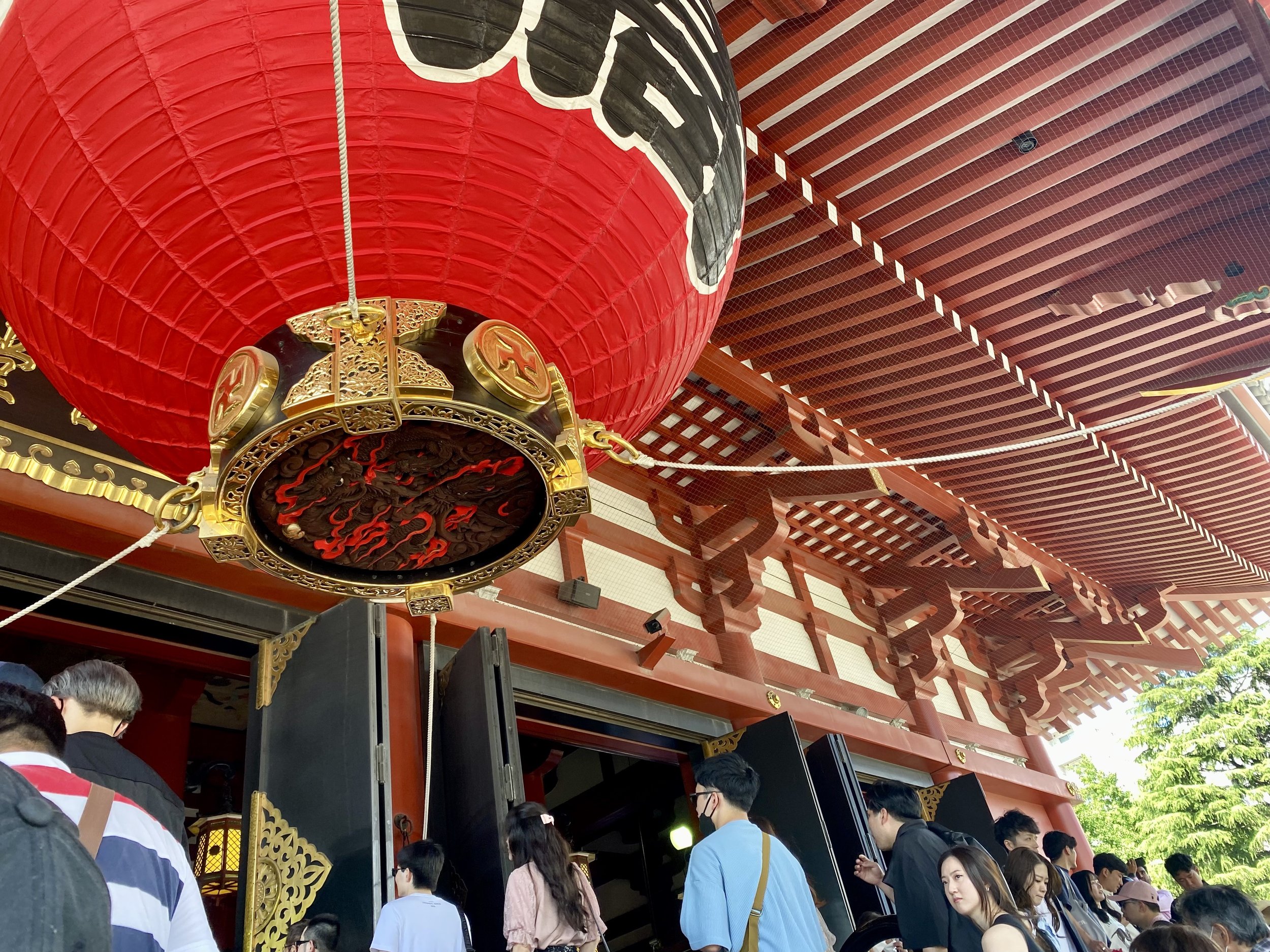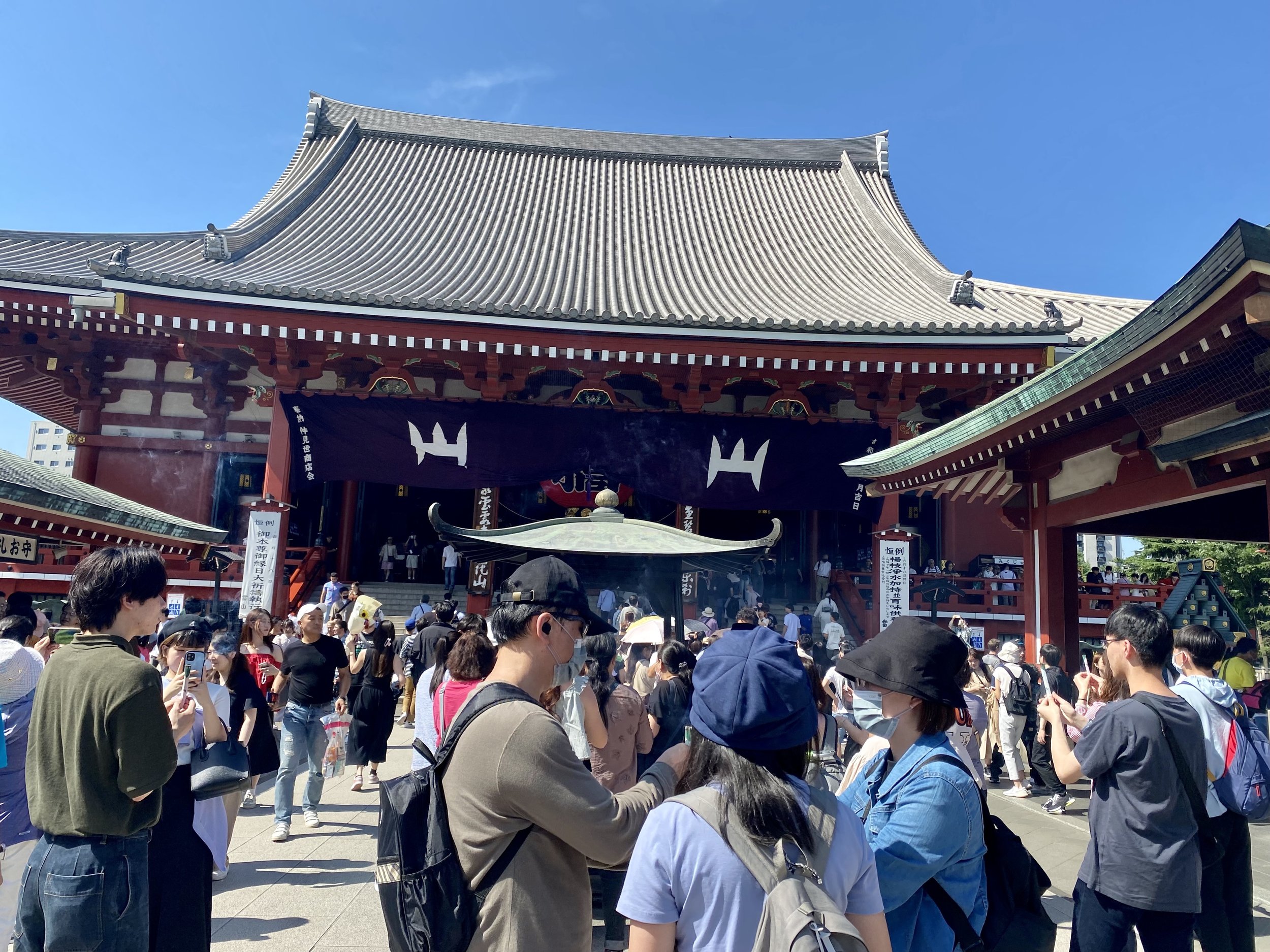June 17: Live Theatre gives me life
June 17: OMG Kabuki Theatre
my hanamichi envy
precisely evocative
wink, nod, flounce, fight, pose
The National Theatre of Japan’s Kabuki for Beginners performance was sheer rapture. Yes. I dozed off during. I didn’t get as much sleep as I had hoped the night before and the rhythmic music and speech got the better of me. But that in no way dampened my experience.
I’ve wanted to attend traditional Japanese theatre since first learning about it in grad school. I would have loved to have caught bunraku and Noh, too, but the only theatre currently performing is kabuki. As a theatre artist with a strong antipathy towards most realism and a love for theatre that openly embraces (and makes no attempts to hide) the tricks of the trade, I hoped that I would fall in love with Kabuki in person. While I have enjoyed the snippets I have seen recorded, they felt lacking in heart - a precise recreation of character movement but without deep connection.
In person, it was magical.
We got tickets in the front row of the first balcony. This allowed a good view of the whole stage, which is incredibly wide. It has to be, in order to hold the largely painted scenery, dozen or so musicians placed on both side of the stage, and huge elaborate costumes / characters.
The performance was preceded by an approximately 30-minute educational program for those new to kabuki. This segment was largely performed by two of the company’s actors, with increasing participation from the musicians and other performers.
The National Theatre offers an audio program in English that we rented for the performance. This small device allowed the user to listen to a loosely ranslated / described version of the performance - falling somewhere between audio description and more traditional narration. I was happy to discover that I retained most of the knowledge of kabuki theatre and that I was largely aware of the traditions. I was also delighted to discover that this educational programming was charming, joyous, and deeply interactive with the audience - especially with the school tour that filled much of the first floor. The performers were charismatic, playfully demonstrating techniques like mie and the use of the hanamichi to get closer to the audience. At one point they even asked us to practice a mie gesture in order to demonstrate how much it adds to the interpretation of a moment. There were also goofy quizzes and battles.
And then the magic began.
I wish I could share video with you. But I obviously didn’t take any and it wouldn’t do it justice anyway. You, like me, would likely think it was beautiful but lacking in heart. You would be so very wrong.
I can’t really find the words to do it justice.
I can say it made me breathless with joy. The love the actors clearly demonstrated towards their characters and towards performing them inspired me in the best possible way. The theatricality of an 8-headed serpant being played by 8 actors tied together by costume but not in a literal way reinforced my belief that often the best choice is to evoke - to allow the audience to do the work of meaning making while also giving them beautiful performance components upon which to rely.
The play was an adaptation of a legendary Kabuki play [need to double check the title and author on the playbill when I am reunited with my things because my brain is foggy]. Though it had a fight with an 8-headed serpent, I was struck by how little the production followed Aristotelian concepts of plot structure and dynamics. The battle was powerful but it did not end the play. For those of us with limited experience with kabuki, it was honestly difficult to tell when it ended at all. Or at least, that was the case for me.
It’s fitting, then, that I am struggling to close this post. So I’ll return to the beginning. The first action of the educational component comprised of the gorgeous revolving wooden stage coming together in a gorgeous bit of scene choreography. This scenic flourish happened in full view of the audience and both demonstrated the way in which characters are revealed onstage or whisked to new places, while also providing a satisfying bit of spectacle.
Oh and somewhere during a transition, there was a long segment of Florence and the Machine. Not going to lie. That one surprised me.
Other notable experiences for the day:
Touring Sensoji Temple, the oldest temple in Tokyo. It was packed full of people and a bit overwhelming, especially on a sunny 90-degree day so I can’t say we spent a lot of time there. It was fascinating to see all the people crammed into the space, shopping and visiting the shrine, and all of the various food vendor smells were a powerful change from what I’m accustomed to. We stopped at a vendor who made bread stuffed with curry sauce and cheese as well as mango yogurt drinks and I have to say it was delightful.
Doing a little shopping in a couple of artisan shops in Azakusa - a great change of pace from the masses of people at Sensoji and some truly beautiful pottery. I wish I could bring it all home.
Navigating my way back to the hotel totally on my own. I have been relatively terrified of navigating Tokyo. There are metro stations that are packed full of people, I don’t understand written or spoken Japanese, and my eyesight makes crowded travel hubs super challenging. I felt incredibly accomplished after making it from Asakusa Station back to Fuchu Station through two train changes and a whole lot of crowds. I’m also finally getting more accustomed to navigating on the left sides of things.
Crowds stream on their way to and from Sensoji Temple which stands in the background under blue skies
Crowds stream on their way to Sensoji Temple, which is in the background under blue skies



